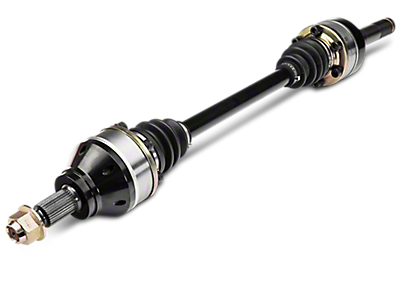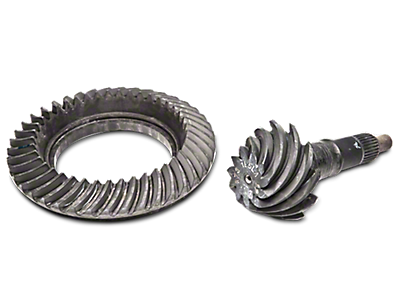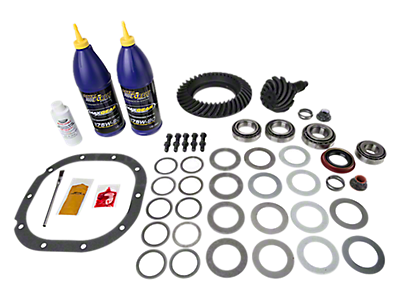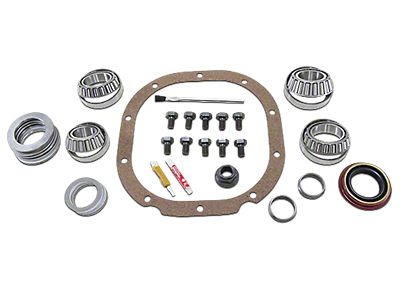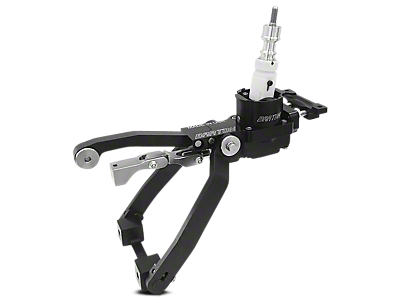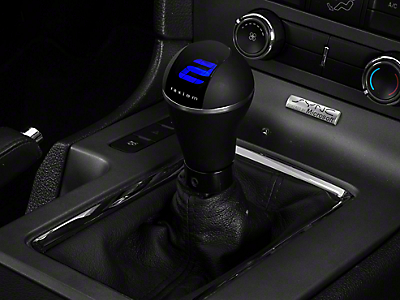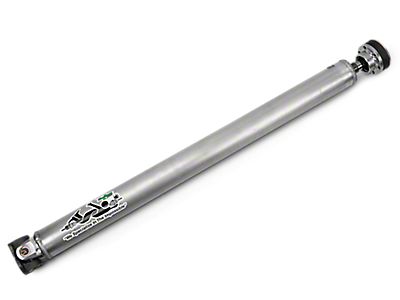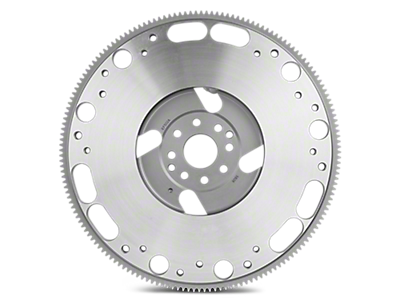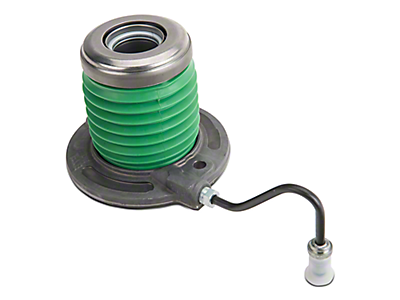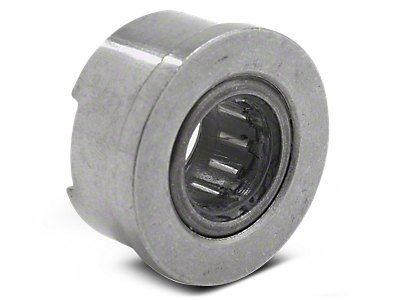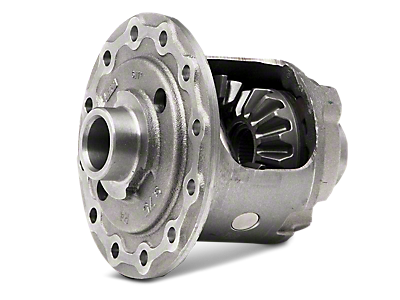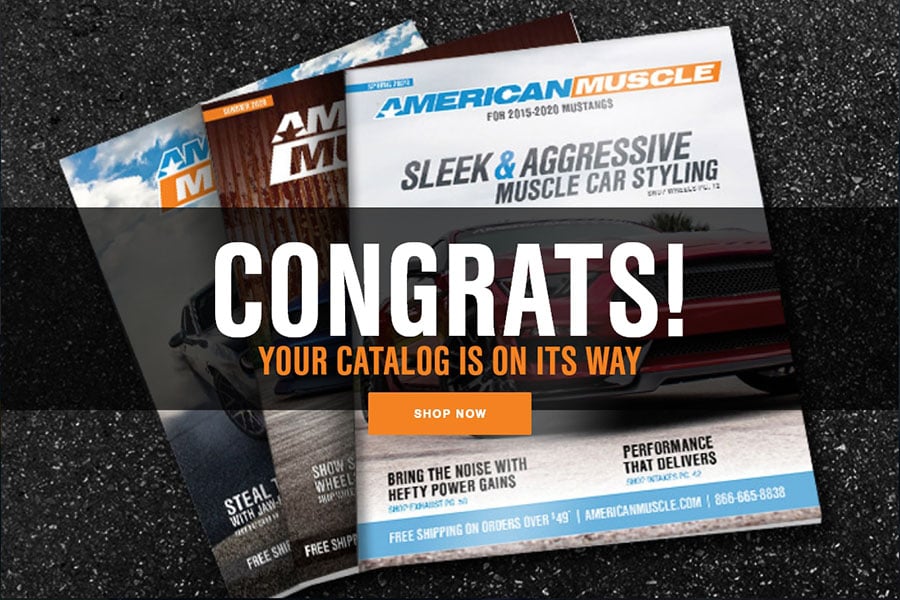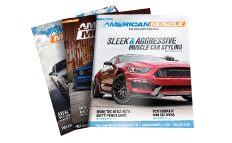Clutch and Transmission Parts
If you want your car to move at all, clutch and transmission parts are just about essential, and every OEM drivetrain has some type of transmission setup. For those of you with automatic transmissions, you don't have to worry about the clutch, but that doesn't mean you race every weekend or drive thousands of miles without checking your transmission. Automatic transmissions tend to last for the lifespan of the vehicle but you should check the transmission fluid and make sure the gearbox is shifting smoothly. If it's not, it may be time for new fluid, gears, or a transmission rebuild. It's also not a bad idea to switch out your gears if you're building a specific racing drivetrain – tall gears give you more top-end speed, and short gears offer better acceleration.Now, if you drive a manual muscle car, there's nothing like rowing through gears or hitting the perfect rev-matched downshift, but that clutch of yours won't last forever. Clutches only last for around 50,000 to 100,000 miles, or much less for track cars, and you may even need to replace specific parts of it like the master cylinder, clutch pedal assembly, and much more. Consider upgrading to more premium clutch parts from brands like McLeod that can handle abuse, more than 1,000 horsepower, and anything else you throw at it.
Axles and Differentials
The transmission is important, but it has nowhere to transfer the power if you don't have axles and differentials. Every OEM drivetrain has axles, driveshafts, and differentials, but that doesn't mean it's the right option for your build. The driveshaft is a long tube that links your transmission to the wheels and the axles transmit that power to the wheels to make them turn. Then, the differential regulates this whole process by allowing your wheels to turn independently. In fact, most racing drivetrains feature limited-slip differentials that improve traction, and installing these on muscle cars that don't have them is a great way to bring them up to speed with their modern counterparts.That said, once you start adding power you need to address your muscle car’s drivetrain. If you’re sending more than one thousand horsepower through your OEM drivetrain, for example, there's a good chance your stock differential and even the axles will fail. A high-performance drivetrain will often have strong axles, the right differential, and strong driveshafts that can handle a lot of power.
The key is to find aftermarket drivetrain parts that work together to give your power transfer all the stability it needs to maximize power output and traction. While it's a lot to take in, don't panic because our sales techs will help find the perfect muscle car drivetrain parts when you shop online.

